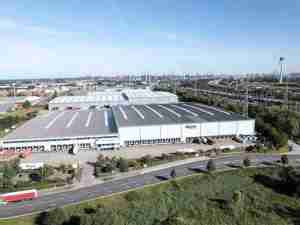In congratulating BMW, NAFTZ Board Chairman Lewis Leibowitz highlighted the critical role the FTZ program has played in the company’s success. "Through strategic use of the foreign-trade zones program, successful companies such as BMW are able to bring global competitiveness to US manufacturing,” said Leibowitz. “BMW’s shining success should serve as a model for other U.S. firms to compete in international trade."
Newly appointed NAFTZ President Daniel Griswold joined in congratulating BMW. "The foreign-trade zones program has been essential to BMW’s success in South Carolina,” said Griswold. “This announced expansion demonstrates how the FTZ program is helping to create and retain skilled and well-paid jobs on American soil through expanded trade."
In 2011, BMW’s South Carolina facility produced over 276,000 vehicles for over 130 markets around the world, representing a 73 percent increase from the previous year. Seventy percent of the vehicles produced were exported, making BMW the United States’ largest automotive exporter to non-NAFTA countries.
BMW Manufacturing Company, LLC is part of BMW Group's global manufacturing network and is the exclusive manufacturing plant for all X5 and X3 Sports Activity Vehicles and X6 Sports Activity Coupes. The company predicts output volumes of 350,000 vehicles per year by 2014. In addition, BMW plans to manufacture a new sport activity vehicle, the X4, at this location in the near future. Since 1994, the plant has undergone four major expansions and produced 6 different BMW models. Employment has grown from 500 in 1994 to more than 7,000 today.









